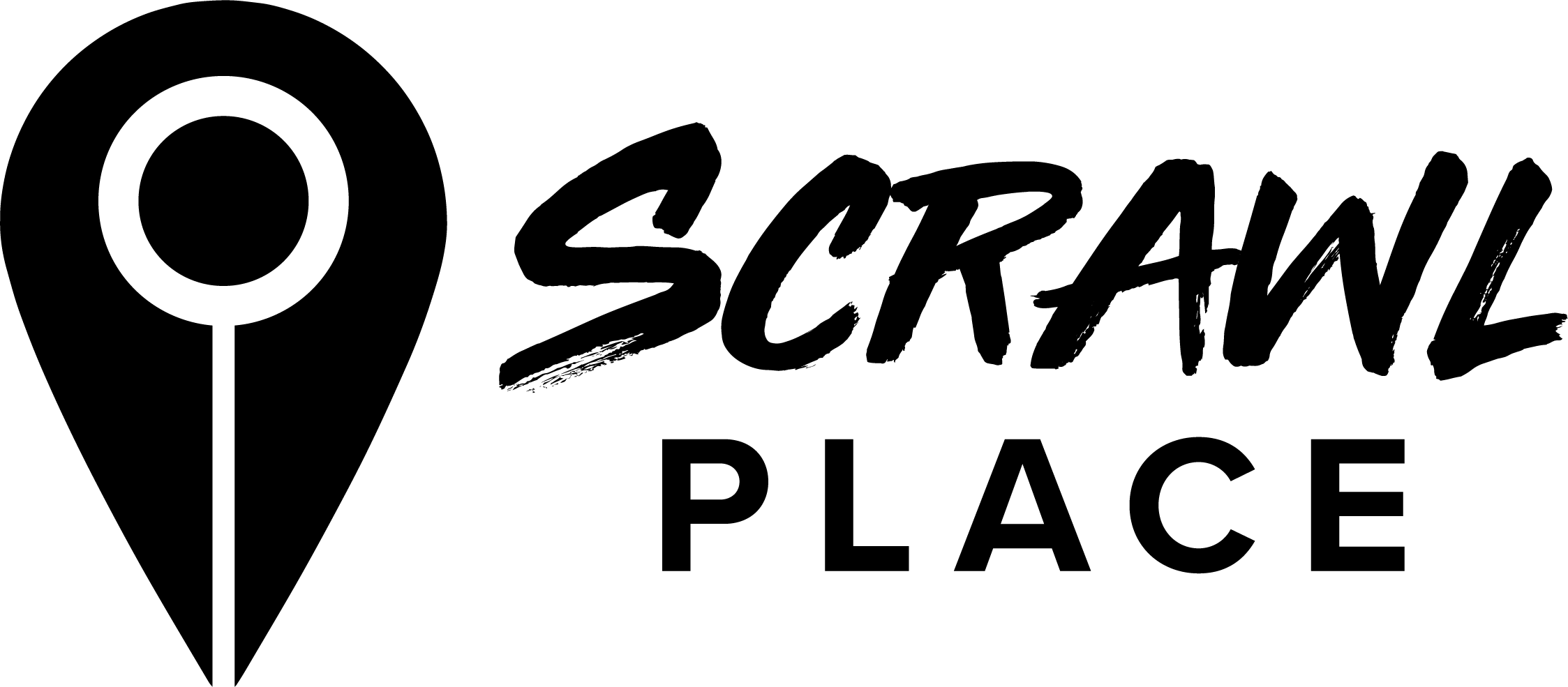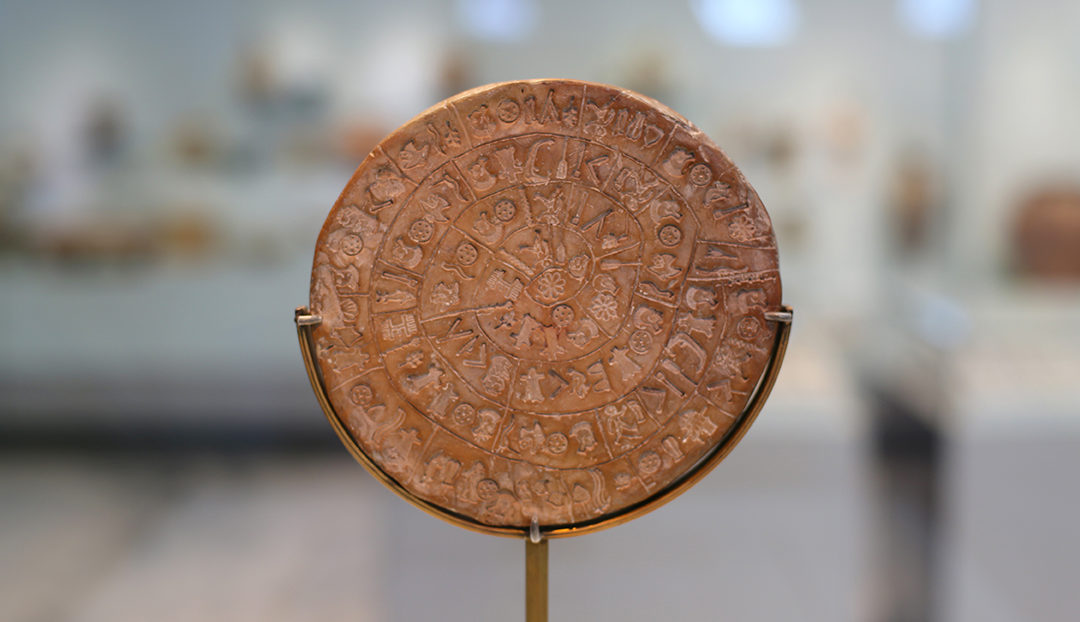Photo by savas_bozkaya / Shutterstock.com
Shining under a spotlight in the Heraklion Museum, the Phaistos Disc glistens in a glass box. A sun, a full moon without a face seems to smile. Tourists stop. Press their noses to the glass, and squint until their eyes widen as if they’ve just seen clay alchemize to solid gold when combined with time and mystery.
Larger than my hand, smaller than my face, two sides of the same coin coil stamped in antiquity. The Minoans of Crete loved to press stamps into clay, yet this piece, in particular, speaks in an unknown language.
“They still don’t know what it means,” the potter in love with Minoan clay tells me on the other side of the glass. She’s been to the Heraklion Museum half a dozen times to study the art of Minoan pottery. She shrugs and moves on to one of the hundreds of jugs inked in octopus legs.
In 2014, the 4,000 year-old message was decoded. Yet years later, no one believes it true. Profiles of heads, circles filled with dots (easiest to make out on the screen-printed t-shirts in the gift shop) linguists have determined are an invocation to the mother goddess.
She was there for millennia, and she was always sacred, Marija Gimbutas said until she too was silenced by doubt.
In Jerome Rothenberg’s Technicians of the Sacred, a hand drawing of the disc stands without notation. In the museum it is the most coveted relic loomed over by iron axes, accompanied by the piercing eyes of the snake goddess: bare-breasted, a serpent in each hand, staring.
Amy Bobeda holds an MFA from the Jack Kerouac School of Disembodied Poetics at Naropa University where she sometimes teaches writing & art. Read her work in Hobart, Columbia Review, Ecotheo Review, and elsewhere. @amybobeda on twitter.

